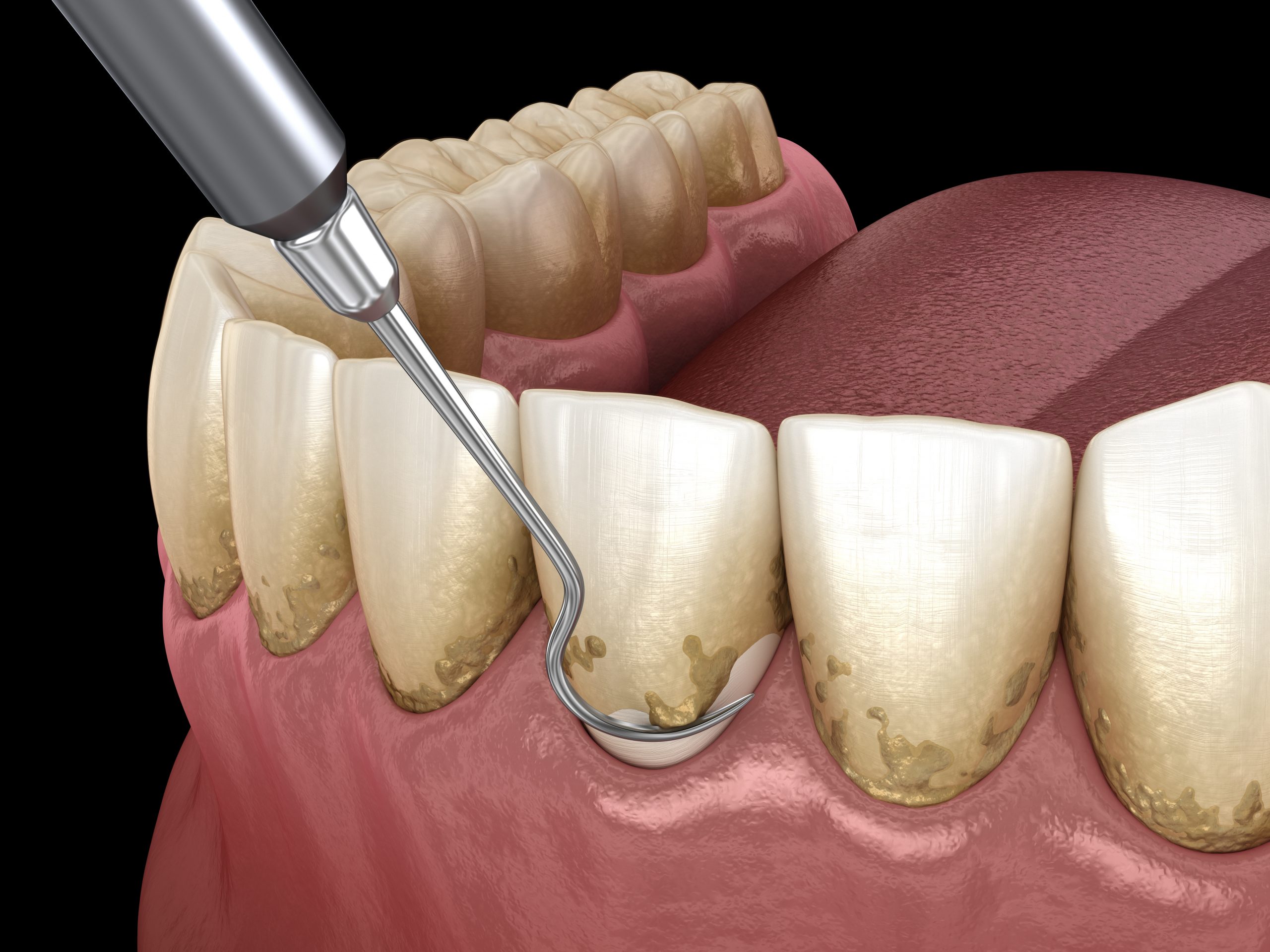

What to Expect During SRPĪ deep teeth cleaning should take between 1-4 hours.įirst, your hygienist will numb you by injecting a local anesthetic. I prefer a natural option when possible, such as CBD oil, but you may also take ibuprofen (Motrin) the night before and morning of your procedure to get ahead of the inflammation. If you’re concerned about sensitivity or pain, you can also use an over-the-counter pain reliever before the procedure. This will not only help prepare your immune system for brief exposure to more bacteria, but also help you make the first steps to halting gum disease. Instead, I suggest supporting oral health with habits like oil pulling, oral probiotics, and eating a low-carbohydrate/low-sugar diet to drive down inflammation. However, I don’t recommend this because it disrupts the delicate oral microbiome. This is because there will be a lot of bacteria transferred to your blood during the root planing. There’s really not much to do to prepare for a scaling and root planing, although some dentists may recommend you rinse with a very strong antiseptic mouthwash. This type of dental cleaning procedure for patients with periodontitis is also a bit more likely to cause tooth sensitivity. That’s why an SRP is typically done by the quadrant and is a markedly longer procedure. If you have deep periodontal pockets with significant buildup, it will take more time than just a regular cleaning to resolve the buildup. In patients with chronic periodontal disease, SRP may help reduce pocket depth by up to 0.5 millimeters. In order to recognize bone loss or find cysts or an abscess, your dentist may perform an x-ray before your scaling and root planing.Īs you continue to work to halt gum disease, your periodontist may prescribe regular dental deep cleanings like this (sometimes as often as every 3 months). It’s done only after pocket readings are taken at a pocket depth of more than 3 millimeters. This procedure is prescribed when your pockets are deeper than expected, which is the first sign of periodontal disease beyond gingivitis. If you notice any of these symptoms, set up an appointment with your dentist right away. Bleeding gums (gingivitis, or stage I periodontitis).Some of the signs of gum disease that may be present before your dentist identifies it at a checkup are: This deep teeth cleaning is literally a planing or cleaning/scraping of the root surface, which is technically below the gum line. Long-term effects of pockets getting increasingly bigger include tooth loss and even bone loss. This will likely lead to bleeding gums deeper and deeper gum pockets. If these materials are not removed, the gum disease or the immune response of the gums, gets worse. Your dental hygienist goes below the gum line to remove toxins like calculus, tartar, and other substances that have stuck onto your tooth surfaces. In a nutshell, a deep cleaning is just a little bit deeper than a regular cleaning. So, what the heck is that and how is it different than a cleaning? What is a deep teeth cleaning?Ī deep teeth cleaning is referred to as SRP, otherwise known as a dental scaling and root planing. Let’s talk about this procedure, who needs it, and what to expect. It may leave you with a bit of sensitivity, but it can help improve gum pocket depth significantly.

This is an important procedure used in the treatment of gum disease.

Has your dentist mentioned the need for you to have a deep cleaning for your teeth? What happens if you don’t get SRP when your dentist recommends it?.How much does a dental scaling and root planing cost?.

#Deep cleaning teeth how to


 0 kommentar(er)
0 kommentar(er)
